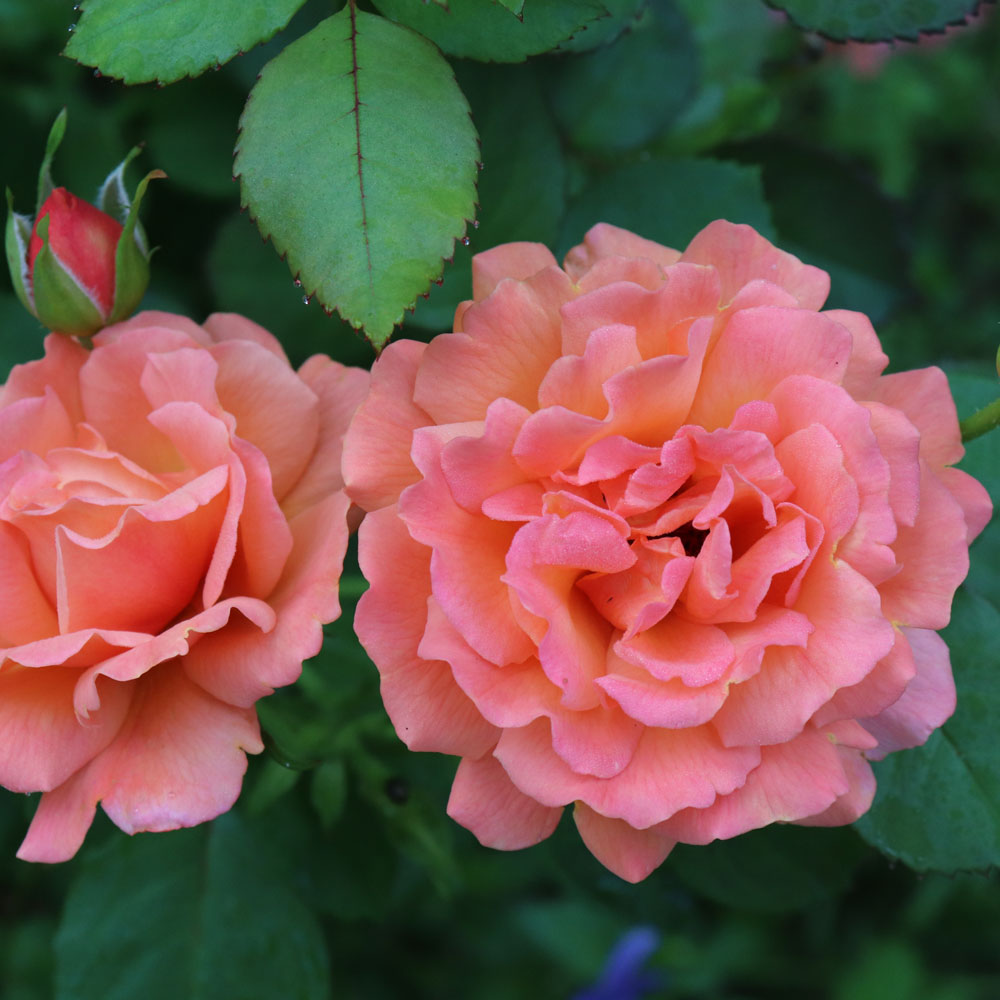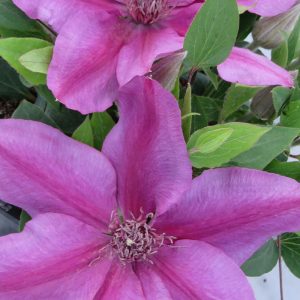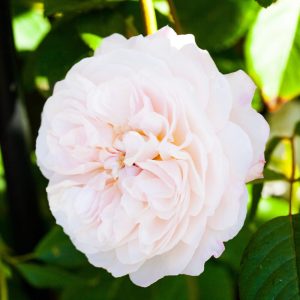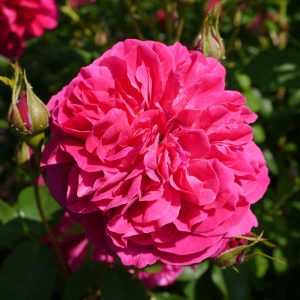Description
Rosa ‘Easy Does It’, also known as HARpageant, is a stunning floribunda rose cultivar that was bred by Jack Harkness before 2006. This beautiful rose is a winner of the All-America Rose Selections award in 2010, and for good reason! ‘Easy Does It’ is a medium-sized, bushy, and upright shrub that can produce large 10-12.7cm diameter blooms with 26 to 40 petals, which are simply stunning. The flowers come in a range of shades, from orange-apricot to golden-pink, which eventually fade to a beautiful pink color. Not only does this rose look amazing, it also has a moderate, fruity fragrance that is sure to delight your senses. The plant has glossy, light green foliage, which complements the vibrant blooms perfectly. One of the best things about ‘Easy Does It’ is its disease resistance – this rose is very tough and can bloom continuously throughout the growing season.
Key Facts
- Common Name(s):Easy Does It Rose
- Hardiness:Fully hardy
- How big will I get? Rosa ‘Easy Does It’ can grow to a height of 0.9m and a spread of 0.9m.
- Did You Know That:There are over 100 different species of roses, and thousands of hybrids?
Plant Calendar
A rough guide to how this plant will change through the year.
| Jan | Feb | Mar | Apr | May | June | July | Aug | Sept | Oct | Nov | Dec | |
| Flowering Time |   |
  |
  |
  |
||||||||
| Foliage Colour |  |
 |
 |
 |
 |
 |
 |
 |
 |
| J | F | M | A | M | J | J | A | S | O | N | D |
  |
  |
  |
  |
||||||||
 |
 |
 |
 |
 |
 |
 |
 |
 |
Care Guide

Soil Requirements
Rosa ‘Easy Does It’ is a versatile plant and can cope with wet or drier soils, but prefers there to be decent drainage. This plant can grow in soil with a wide range of pH levels, it is not picky about the pH level of the soil.

Best Position
Rosa ‘Easy Does It’ prefers a sheltered position and requires full sun to thrive, this consists of more than six hours of direct sunshine per day.

Maintenance
Rosa ‘Easy Does It’ should be pruned in late winter or early spring, before new growth begins. Begin by removing any dead, damaged, or diseased wood from the plant, making sure to sterilize your pruning shears between cuts to prevent the spread of disease. Next, cut back any old wood to encourage the growth of new shoots, cutting back to a healthy bud or lateral branch. Remove any weak or spindly growth that won’t produce good blooms, focusing on leaving strong, healthy shoots that will produce plenty of flowers. Finally, shape the plant by cutting back any overly long or unruly shoots, creating a more compact, attractive plant. By following these steps, you can keep your shrub roses healthy and blooming beautifully year after year.

Pest, Diseases and Wildlife
Rosa ‘Easy Does It’ can have problems with aphids, scale insects and caterpillars, it can be vulnerable to certain diseases such as black spot, rust and powdery mildews. It is also known to attract bees.





